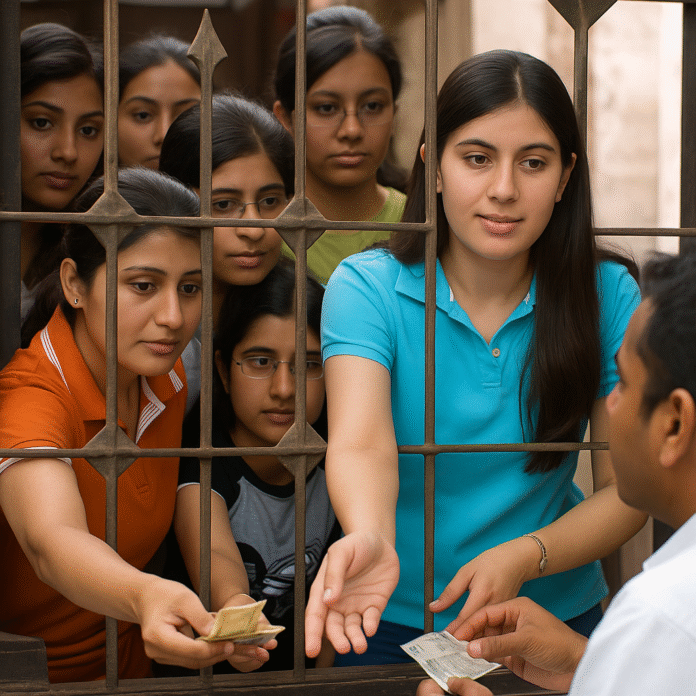During the state budget presentation, Deputy Chief Minister Ajit Pawar announced a significant initiative: 100% fee waiver for girls from economically weaker sections (annual income limit ₹8 lakh) pursuing undergraduate education. The scheme, implemented from the 2024–25 academic year, covers nearly 600 professional and degree courses, including engineering, architecture, medicine, pharmacy, and agriculture.
The government’s stated goal is to raise the enrollment of girls in higher education from 36% to 50%, benefiting approximately 2.05 lakh girls, at an estimated cost of ₹2,000 crore to the state exchequer.
Higher and Technical Education Minister Chandrakant Patil said:
“The government will bear the fees of girls from economically backward sections to ensure they complete higher education. This scheme will be decisive in increasing female participation in higher education.”
Implementation Issues on the Ground
Despite its promising intent, the scheme appears to be struggling in execution. Many students and parents claim it is largely limited to paperwork rather than actual benefits.
During college admissions, students often hear statements like:
-
“This facility is not available at our college,” or
-
“Your course is not covered under this scheme.”
Voices from Students
Anandi Shelke, a student, expressed her frustration:
“If the government truly wants girls to pursue higher education, why restrict courses? Every student should have the right to study in a field of her choice. Skill-based courses like animation and cinematography cost over ₹50,000 annually. These are career-oriented programs, yet most of us are told, ‘Your course isn’t included in this scheme.’ This is unfair.”
Similarly, Sneha Perne, another student, shared her experience:
“Colleges often demand full fees upfront, saying: ‘We don’t know when the government reimbursement will come; until then, you must pay.’ For girls from poor families, paying in advance is impossible. On top of that, the scholarship process is complicated and discouraging.”








